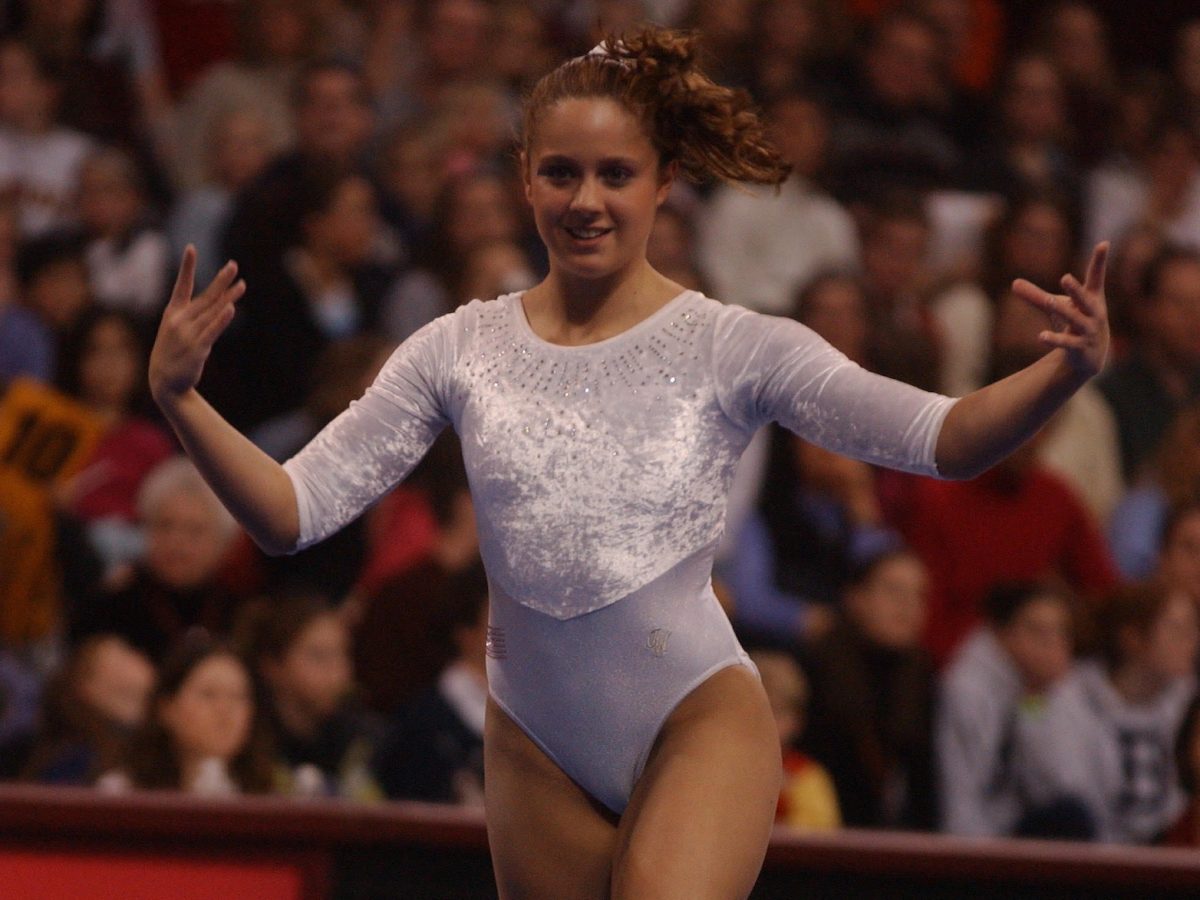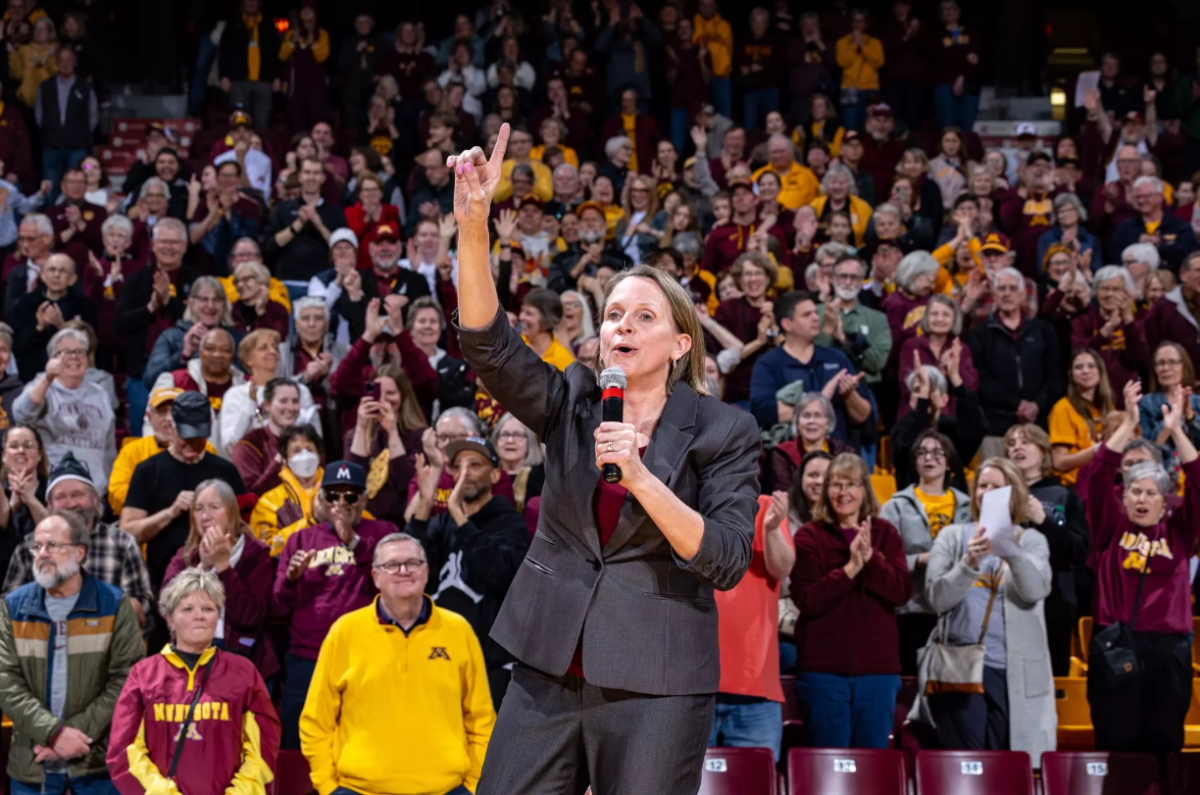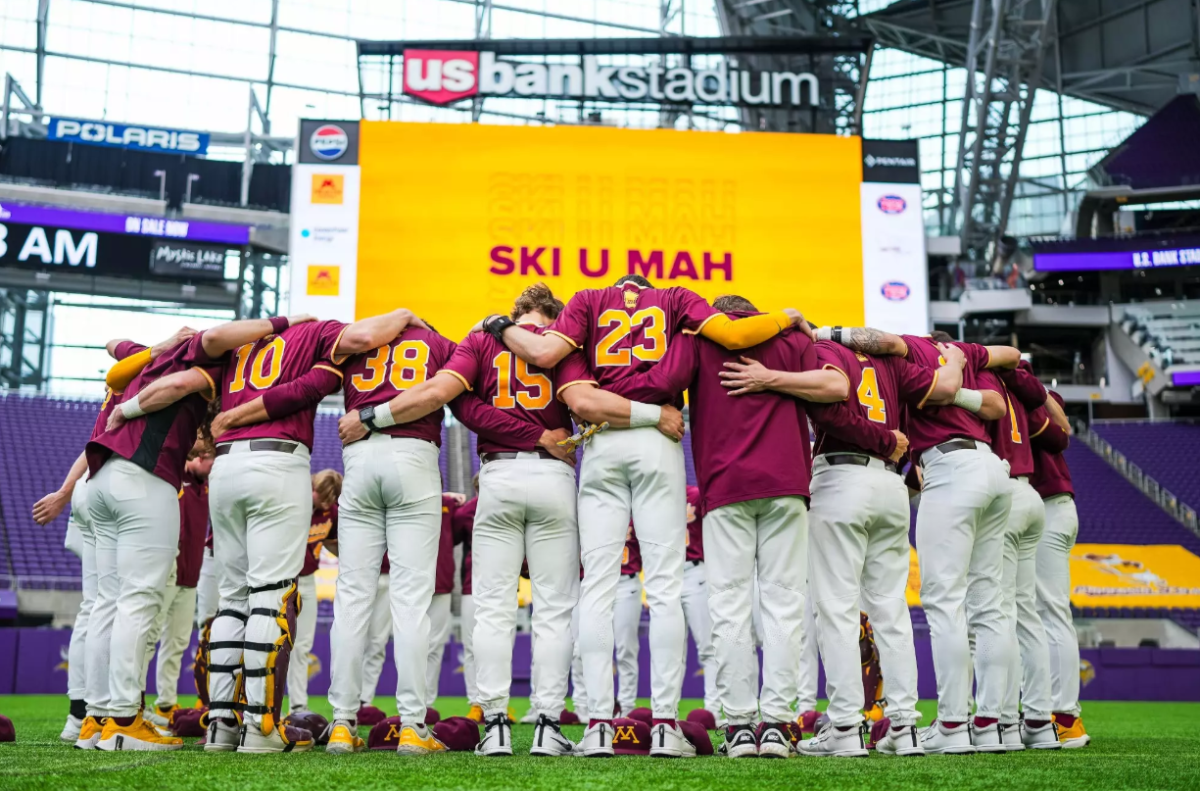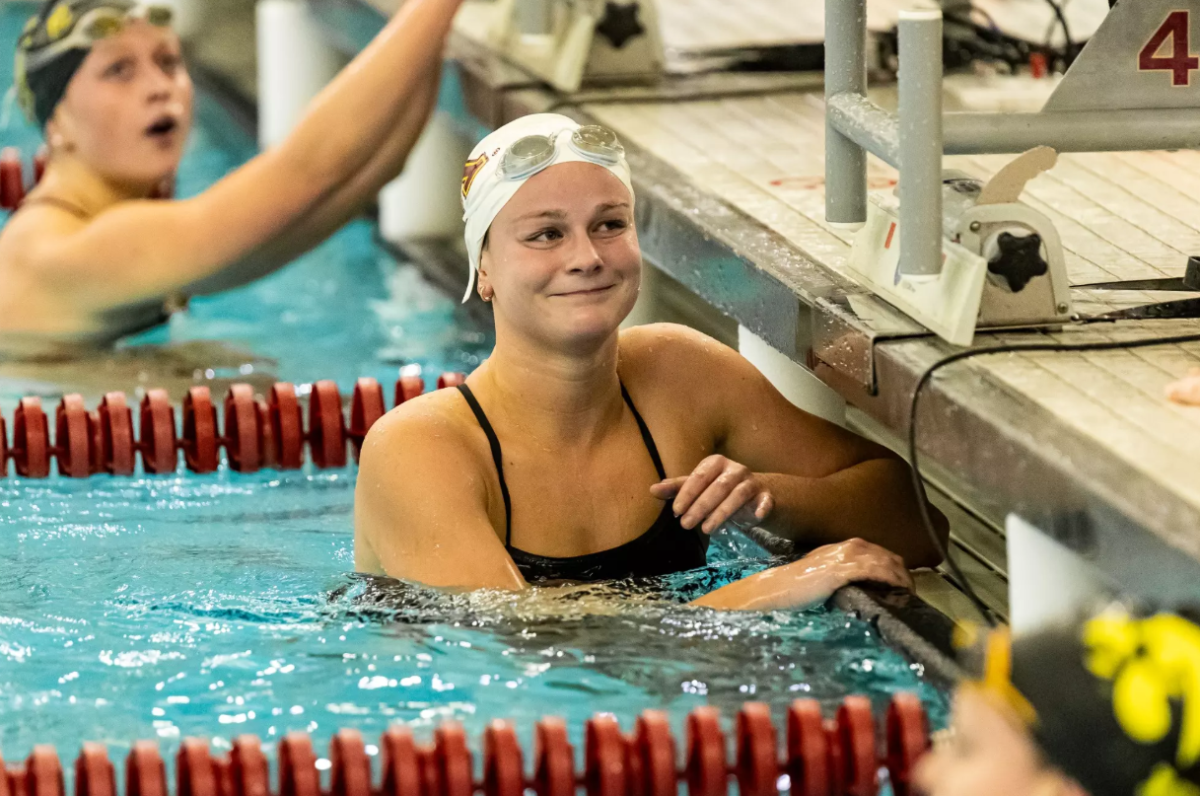Before wrestling for a top-ranked program like Minnesota was even a possibility, redshirt freshman Colin Carr was prepared for the harsh reality that he may never wrestle again.
A day before the start of his sophomore season — his first on his high school’s varsity team — Carr was diagnosed with a stress fracture in his lower back.
To make matters worse, Carr had just successfully recovered from another stress fracture on the other side of his back that sidelined him for six months after his freshman season.
“Those are definitely the dark days of my wrestling career,” Carr said. “After the second [fracture] I was like, ‘I’m never going to wrestle again.’”
The second fracture within seven months put Carr’s varsity debut on hold but only for a year. And when the Washington, Ill., native finally got his shot at varsity wrestling, he was sure to never look back.
As a junior, Carr took everyone by surprise and made an appearance in the Illinois State tournament, making it all the way to the final match at 182 pounds. The following year, Carr returned to the state tournament — only that time he brought home a state championship.
“Whenever you are a runner-up, the next year you want to do everything you can to get it done,” Carr said. “But for me it meant so much more. Thinking of where I was just two years before that tournament, it made the championship that much sweeter.”
Carr said his doctor determined that there was no correlation between the two back fractures, especially since the wrestler did all that was required to successfully recover from the first fracture.
“I was expecting to wrestle my sophomore year, no doubt,” Carr said.
However, according to rehabilitation and therapy specialist Lura Mason at Methodist Hospital in St. Louis Park, the injuries may have more relation than it seems.
“When rehabbing one particular side of the back, the opposite side often can start causing problems if it’s not consistently being stretched out or worked on,” Mason said. “It’s unlikely that another stress fracture would occur, but it’s not out of the realm of possibility.”
After the two fractures, it might have been easy to quit wrestling, but that’s not the type of person Carr is, Minnesota head coach J Robinson said.
And despite Carr’s injury-plagued past, Robinson had no reservations in recruiting the 174-pound wrestler.
“Looking at how Collin responded after two major injuries, there was no doubt we wanted him at Minnesota,” Robinson said. “The kid has dealt with so much adversity early on that I’m sure he can handle anything we throw his way.”
For Carr, the first thing the Gophers threw at him during his first year on campus was a redshirt, meaning he would not compete for the team that year. However, unlike other sports where redshirted athletes don’t compete at all, Carr still wrestled in 29 matches last season unattached.
Of those 29 matches, Carr was victorious in 19, including three pins and three major decisions. And as the season progressed, Carr continued to improve, which led to a couple second-place finishes in his last two tournaments — his best finishes of the year.
“I feel like my progression has carried pretty well into the summer,” Carr said. “I just take any advice I can get and see how I can improve my technique. Every little bit helps.”
Next year, Robinson’s roster will look to its youth to replace the numerous All-American wrestlers that graduated last year, including Logan Storley, who competed at Carr’s weight class.
Robinson said Carr is a candidate to fill Storley’s place next year, an opportunity Carr will be looking to grab.
“Logan left some pretty big shoes to fill, but I’m not too worried,” Carr said. “I just need to do what I do, and the rest will work itself out.”







